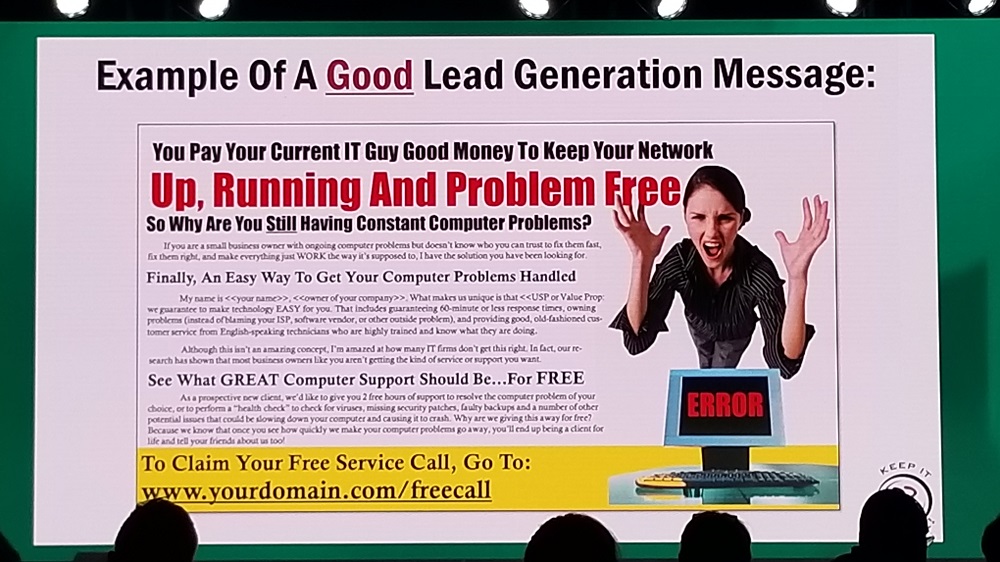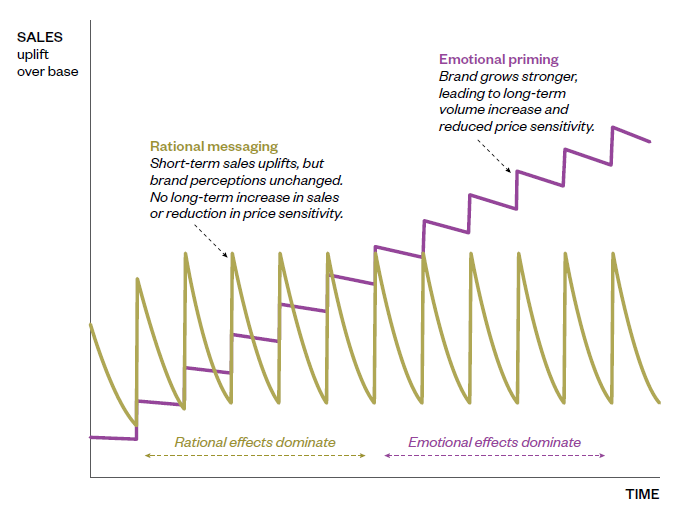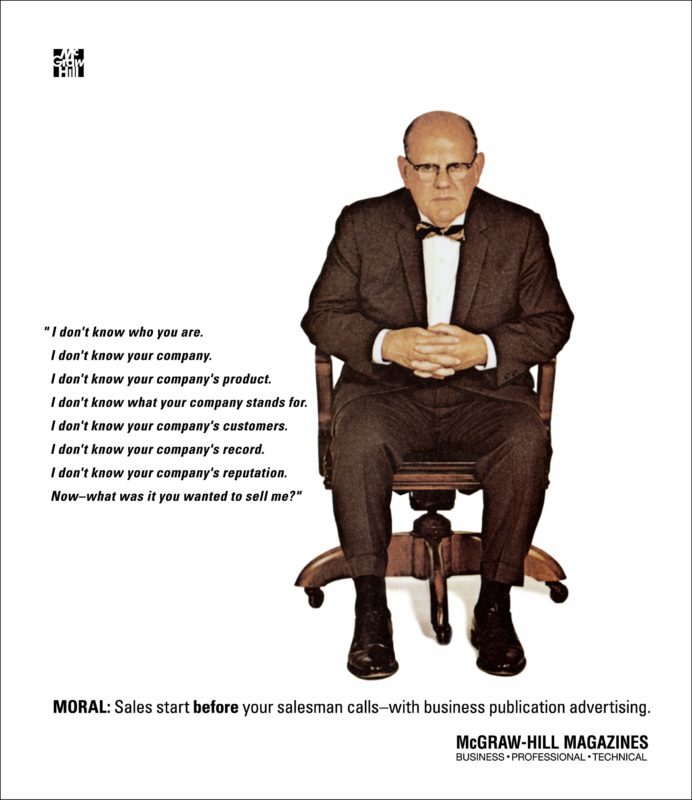A brand is one of a company’s most valuable assets.
Some would say it’s a company’s most valuable asset. John Stuart, former CEO of the Quaker Oats Company, said, “If this business were split up, I would give you the land and bricks and mortar, and I would take the brands and trademarks, and I would fare better than you.”
Strong brands have more loyal customers, and they find it easier to close new accounts.
Strong brands can charge more.
And strong brands grow bigger and faster.
Ten years ago, when I sold my agency, the value of its brand was a significant factor in the interest of the eventual purchaser to buy it. They kept using the brand after the acquisition, showing that the company was worth more than just its customers, tech (which they discarded for their own), employees, and SaaS recurring revenue.
Annually the brand values of the top public companies are ranked, and they are calculated to be worth tens of billions – and in a few cases hundreds of billions – of dollars. Sometimes the brand value is called “goodwill” – the value of a company beyond what can be calculated from its tangible assets.
The brand is created by more than a company’s logo, colors, and promotions. The quality of the products and customer experience are central to a brand, too.
For a private company, or one that’s not being sold, the monetary value of its brand may be difficult to define, but here are a few metrics that may be useful both to quantify it and to tell if it’s moving in the right direction:
- Can you charge more than the competition? (And, multiplied across all sales, what is the value of that premium?)
- What is your trend in customer lifetime value (CLV)?
- Are direct website visits – not from search, but by typing in your known URL — to your site increasing?
- Google Trends for your company versus competition. Here is the last five years for Amazon Web Services (AWS – the blue line), Microsoft Azure (red), and Google Cloud (yellow).

- Increases in opportunities and sales that don’t come from short-term leadgen programs. Are potential customers contacting you more and more, or do you have to do all of the outreach?
- Positive social media mentions
- Your Net Promoter Score trends
There are many other ways to measure the strength of your brand, including surveys and focus groups, but these are some quick, useful ones.



